#nationalparkinassam
Explore tagged Tumblr posts
Text
7 National Park in Assam with district
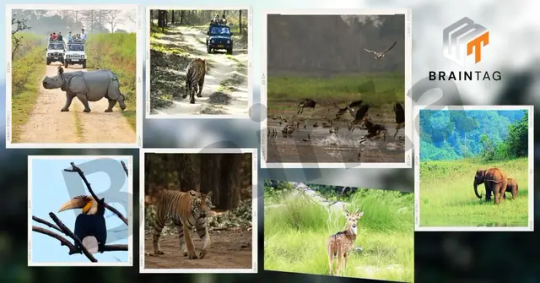
7 National Park in Assam with district details a haven for wildlife enthusiasts and nature lovers. India's northeastern state of Assam is renowned for its beautiful greenery, varied animals, and unique culture. Seven national parks, each with unique flora and wildlife, are located inside the state.
These national parks are dispersed throughout the state's several districts, giving wildlife enthusiasts and nature lovers plenty of chances to discover and take in Assam's natural beauty. In this article, we will delve into the details of the 7 National Parks in Assam with their respective districts.
Kaziranga National Park
Golaghat and Nagaon districts:
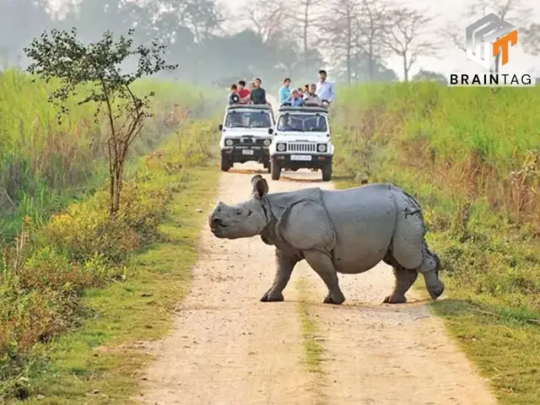
In the Assam districts of Golaghat and Nagaon is Kaziranga National Park, a UNESCO World Heritage Site. The Kaziranga National Park continues to be one of Assam's most well-known tourist destinations for both domestic and foreign visitors. Additionally, it is Assam's most well-known national park. The beautiful one-horned rhinoceros' greatest habitat is the reason for this. In Kaziranga National Park also supports large populations of tigers, elephants, wild buffalo, and swamp deer. More than 70% of the One Horned Rhinoceros in the world live in the Park. The country's highest concentration of tigers' prey, including their huge prey biomass, may be found. includes the only population of the Eastern Swamp Deer, more than 60% of India's wild buffalo, 7 different types of turtles, and tortoises. The other significant animals discovered include the following: the Leopard, Fishing Cat, other Lesser cats, Large Indian Civet, Small Indian Civet, Sambar, Barking deer, Hog deer, Gaur, Hog Badger, Hoolock Gibbon, Capped Langur, Assamese Macaque, Rhesus Macaque, Sloth Bear, Gangetic Dolphin, and Otter, many others. Best season for a visit: November to April Manas National Park Chirang and Baksa districts
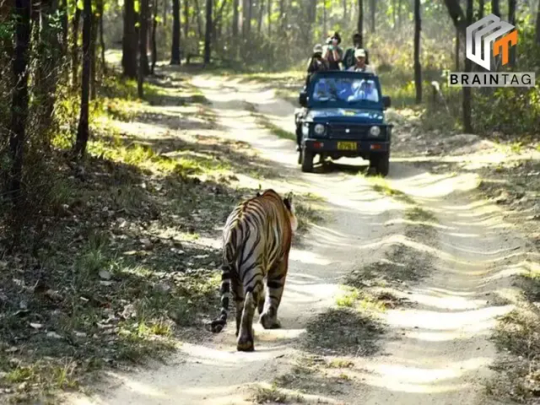
Manas, a wildlife reserve since 1928 that is now a tiger reserve, a world heritage site, and a biosphere reserve, is situated in the Himalayan foothill bhabar region of western Assam. With a 500 square kilometer size, it was designated as a national park in 1990. Additionally, it encompasses the majority of the 2600 sq. km. Chirang Ripu Elephant Reserve. More than 22 endangered species, which are protected to the maximum degree under Schedule 1 of the Wildlife Protection Act, are found in the park. The UNESCO World Heritage Declaration states that Manas comprises remarkable natural phenomena and areas of great natural beauty and artistic importance. Manas is well known for its distinctive visual beauty. With more than 500 different bird species, it is also recognized as an Important Bird Area. Best season for a visit: October to December and from mid-March to April. Dibru-Saikhowa National Park Dibrugarh and Tinsukia districts

It is a National Park as well as a Biosphere Reserve having an area of 340 sq. kms. in Tinsukia district. An unique habitat endemic to Dibru-Saikhowa only, a habitat which has undergone a radical transformation after the great earthquake of 1950. The migratory birds are a major attraction. During the peak season, tourists from around the world come to this location to see a variety of migratory birds. There are no roads in national parks. Most of your exploration will take place with the use of boat services designed specifically for tourists. While you enjoy taking photographs of magnificent wild animals like the Royal Bengal Tiger, Hoolock Gibbon, Leopards, and many more, you will have access to all the food and beverages you require. Best season for a visit: November to April. Nameri National Park Sonitpur district
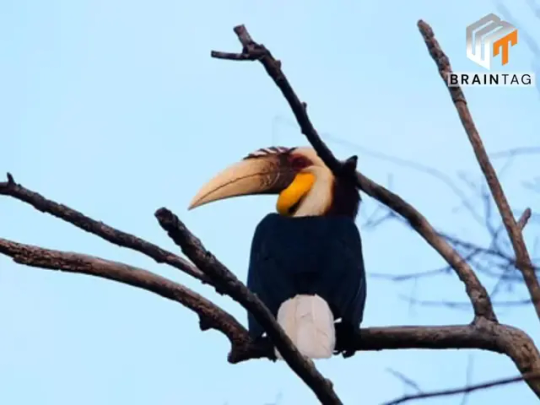
The Nameri National Park 200 sq. kms. area is located in the Sonitpur district, bordering Arunachal Pradesh and it is also the core area of the Nameri Tiger Reserve (344 Sq. Km.). One can enjoy rafting in the Jia Bhoroli river in the south-western boundary. Nameri National Park is located in the Sonitpur district of Assam and is known for its population of elephants, tigers, leopards, and other animals such as clouded leopards, Indian wild dogs, and hornbills. In this park, you may see animals like Binturong, Elephants, Barking deer, Hispid Hares, Sloth Bears, and Burmese Ferret Badgers, among others. The White-Winged Wood Duck, the Rufous-necked Hornbill, the Wreathed Hornbill, the Great Pied Hornbill, the Long-Billed Vulture, the Pit Viper, the Monitor Lizard, the Assam Roofed Turtle, the Indian Flap Shell Turtle, the Common Blind Snake, the Indian Cobra, the King Cobra, the Indian Softshell Turtle, the SouthEast Asian Leaf Turtle, the Myanmarese Python, and many others. Best season for a visit: November to April. Orang National Park Darrang district
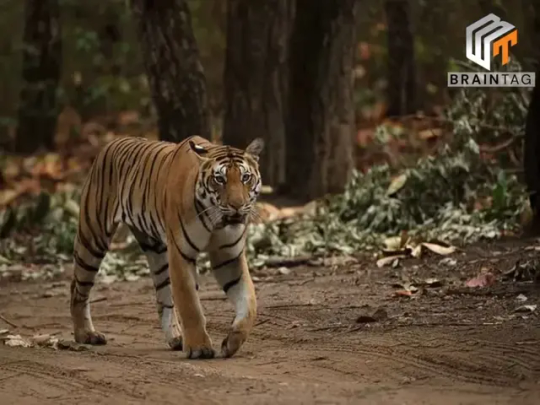
Orang National Park is located in the Darrang district of Assam and is known for its population of rhinoceroses, elephants, tigers, and other animals such as pygmy hogs, leopards, and fishing cats. The park is also home to numerous species of birds, making it a popular spot for birdwatchers. It covers an area of 79.28 km2 (30.61 sq mi). On April 13, 1999, it was declared a national park after being established as a sanctuary in 1985. The Bengal tiger, Asian elephant, big Indian rhinoceros, pygmy hog, and wild water buffalo are among the diverse flora and animals that may be found there. It is the only stronghold of the rhinoceros on the north bank of the Brahmaputra. Best season for a visit: November to April. Raimona National Park Kokrajhar district
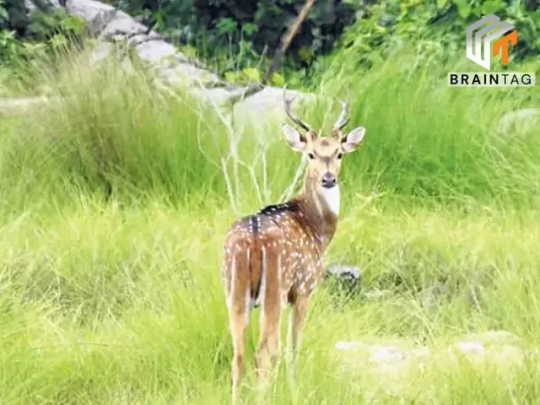
The most western region of Assam, India, is where Raimona National Park is situated. It is dispersed throughout the subdivisions of Gossaigaon and Kokrajhar in the Kokrajhar district of BTR. On June 5 of last year, 2021, the Raimona National Park was designated as the 6th national park in Assam. It is a part of the Assam Bodoland Territorial Council. The region's overall area is about 422 sq km. The presence of the Golden Langur, an endangered species of primates, is the park's principal draw. More than 100 types of butterflies, orchids, and birds live there, along with other wild animals like Bengal tigers, wild elephants, Asiatic wild water buffaloes, and more. Dehing Patkai Wildlife Sanctuary Dibrugarh and Tinsukia districts
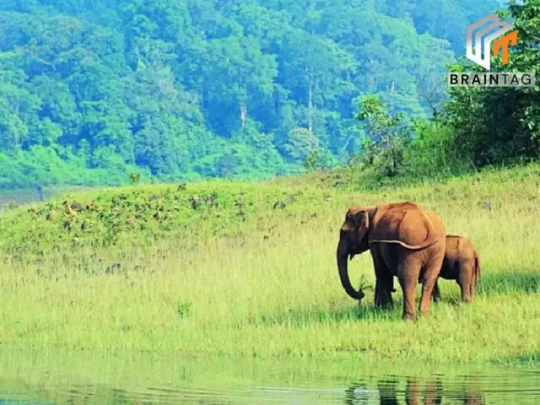
The National Park, which covers an area of 111.19 square kilometers and is known for its Assam Valley Tropical Wet Evergreen Forests bordering Arunachal Pradesh, is situated in the districts of Dibrugarh and Tinsukia. It is known for its population of elephants, tigers, leopards, and other animals such as clouded leopards, hoolock gibbons, and numerous species of birds. The sanctuary is also home to the Dehing river, which is popular for river rafting. The Park is a part of the Dehing-Patkai Elephant Reserve having the World War II cemeteries nearby, along with the Stillwell Road and the oldest refinery of Asia in Digboi and 'open cast' coal mining at Lido. Best season for a visit: September to March. In conclusion, Assam's seven national parks are a testimony to the state's natural and cultural heritage. Each of these parks has a special charm and offers plenty of chances for those interested in nature and wildlife to discover and enjoy the various flora and fauna of the state. Assam's national parks provide a wide variety of wildlife experiences, from the one-horned rhinoceroses of Kaziranga to the feral horses of Dibru-Saikhowa. To experience nature's beauty at its finest, visit these national parks if you ever decide to travel to Assam. To read more blogs – Click Here Read the full article
#assamnationalpark#assamnationalparkandwildlifesanctuary#assamnationalparks#kaziranganationalpark#majornationalparksofassam#manasnationalpark#namerinationalpark#nationalparkinassam#nationalparkinassamwithdistrict#nationalparkinassamwithdistrictwise#nationalparkofassam#nationalparks#nationalparksinassam#nationalparksinassampdf#nationalparksofassam#nationalparksofassamdetails#orangnationalpark
1 note
·
View note